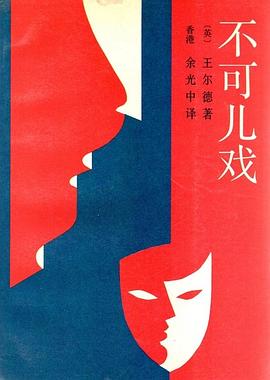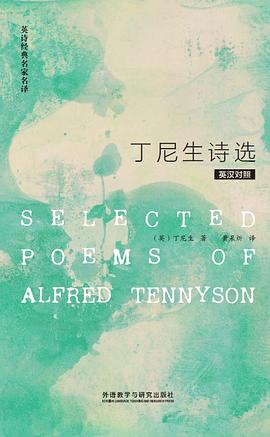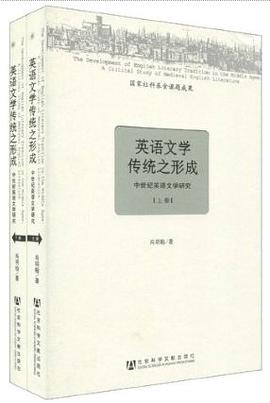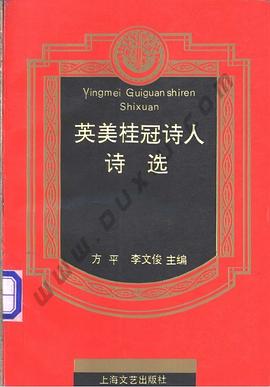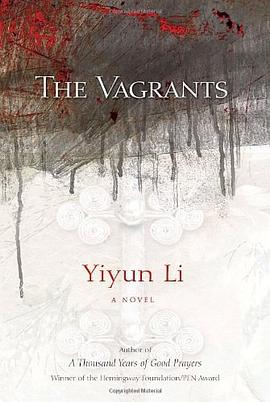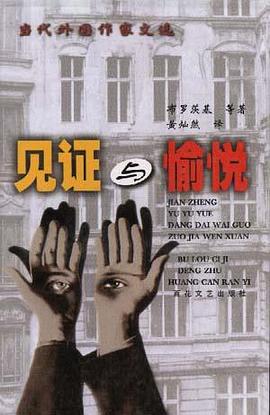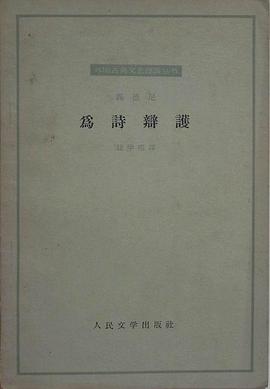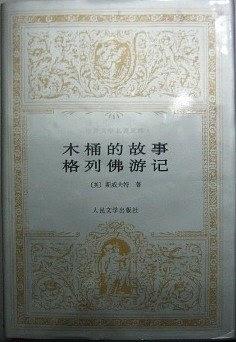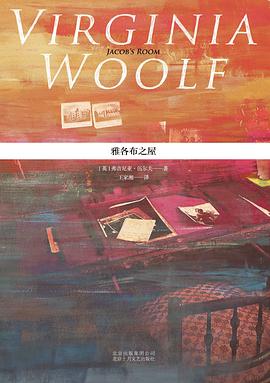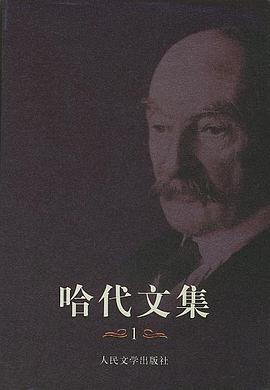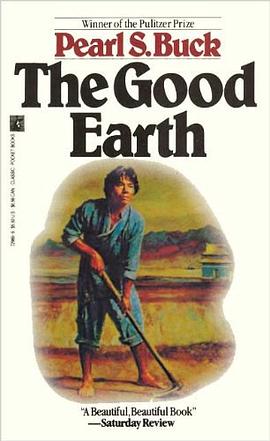

具体描述
Pearl S. Buck's epic Pulitzer Prize-winning novel of a China that was -- now in a Contemporary Classics edition.
Though more than sixty years have passed since this remarkable novel won the Pulitzer Prize, it has retained its popularity and become one of the great modern classics. "I can only write what I know, and I know nothing but China, having always lived there," wrote Pearl Buck. In The Good Earth she presents a graphic view of a China when the last emperor reigned and the vast political and social upheavals of the twentieth century were but distant rumblings for the ordinary people. This moving, classic story of the honest farmer Wang Lung and his selfless wife O-lan is must reading for those who would fully appreciate the sweeping changes that have occurred in the lives of the Chinese people during this century.
Nobel Prize winner Pearl S. Buck traces the whole cycle of life: its terrors, its passions, its ambitions and rewards. Her brilliant novel -- beloved by millions of readers -- is a universal tale of the destiny of man.
作者简介
Pearl Comfort Sydenstricker was born on June 26, 1892, in Hillsboro, West Virginia. Her parents were Southern Presbyterian missionaries, most often stationed in China, and from childhood, Pearl spoke both English and Chinese. She returned to China shortly after graduation from Randolph-Macon Woman's College in Lynchburg, Virginia, in 1914, and the following year, she met a young agricultural economist named John Lossing Buck. They married in 1917, and immediately moved to Nanhsuchou in rural Anhwei province. In this impoverished community, Pearl Buck gathered the material that she would later use in The Good Earth and other stories of China.
Pearl began to publish stories and essays in the 1920s, in magazines such as The Nation, The Chinese Recorder, Asia, and The Atlantic Monthly. Her first novel, East Wind, West Wind, was published by the John Day Company in 1930. John Day's publisher, Richard Walsh, would eventually become Pearl's second husband, in 1935, after both received divorces.
In 1931, John Day published Pearl's second novel, The Good Earth. This became the bestselling book of both 1931 and 1932, won the Pulitzer Prize and the Howells Medal in 1935, and would be adapted as a major MGM film in 1937. Other novels and books of nonfiction quickly followed. In 1938, less than a decade after her first book had appeared, Pearl won the Nobel Prize in literature, the first American woman to do so. By the time of her death in 1973, Pearl had published more than seventy books: novels, collections of stories, biography and autobiography, poetry, drama, children's literature, and translations from the Chinese. She is buried at Green Hills Farm in Bucks County, Pennsylvania.
目录信息
读后感
当年看的时候,是冲着诺贝尔得主的名而去的,书名字大约是译成《大地》吧,可惜看完的时候有点儿失望。完全没有多数诺贝尔文学大师作品那种震憾人心的力量感。如《百年孤独》,如川端康成等等。 只是有如《Gone with the Wind》那个大时代的篇幅与气魄。当然因是远去了的...
评分 评分昨天下午到今天上午几乎一口气看完了这本书。现在回想起这本书,还在我脑子回荡的是一些故事,一些话,生活的态度,或者仅仅是沉默。这本书大绝大部分我觉得是写得很真实的,比如Olan 掐死刚生下来和女儿,传说吃人肉等等,这些在那样时代以至于很多年后时代在乡下都有这样的事...
评分他的名字叫王龙。他是美国作家,1938年诺贝尔文学奖获得者赛珍珠(Pearl Buck)代表作《大地》的主人公。 看赛珍珠的《大地》的过程中,我常在想,用英文写一部完全关于中国农村、农民的小说,读者是美国人,这是一种什么感觉?得保持原作自然风貌,又得顾及看官的接受能力和喜...
评分This book was shared in the Book-crossing Programme in Hongqiao International Library. To know more, please visit http://www.douban.com/people/50946105/ A reader attending the book-crossing praised the novel as “offering great insight into the Chinese ch...
用户评价
"It was the last morning he would have to prepare food for the old man"/ 近期讀得最慢的一本書,賽珍珠的《大地》。寫得很好,不知道當年她在中國住的那段時間的經歷和心境是怎樣,想讀一下她的傳記。
评分the Good Earth无疑是史诗般的作品。描写了一个最普通的中国农民水深火热却又最平凡的一生。中国农民对土地的情节在这本书里被展现的淋漓尽致。最平凡的语言、最朴实的描写却最能让人动心。
评分His entire life is attached to the earth which he earned all he could have.Without it he could by no means survive.After all the poverty,die
评分超级棒!很好看
评分一部经典的巨作,一个外国人能把中国的事写的那么真实彻底,真让鲁迅、老舍 冰心等人无地自容。“Out of the land we came and into it we must go--and if you will hold your land you can live---no one can rob you of land” is it true? I think I have to check the following series.
相关图书
本站所有内容均为互联网搜索引擎提供的公开搜索信息,本站不存储任何数据与内容,任何内容与数据均与本站无关,如有需要请联系相关搜索引擎包括但不限于百度,google,bing,sogou 等
© 2025 book.quotespace.org All Rights Reserved. 小美书屋 版权所有

